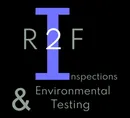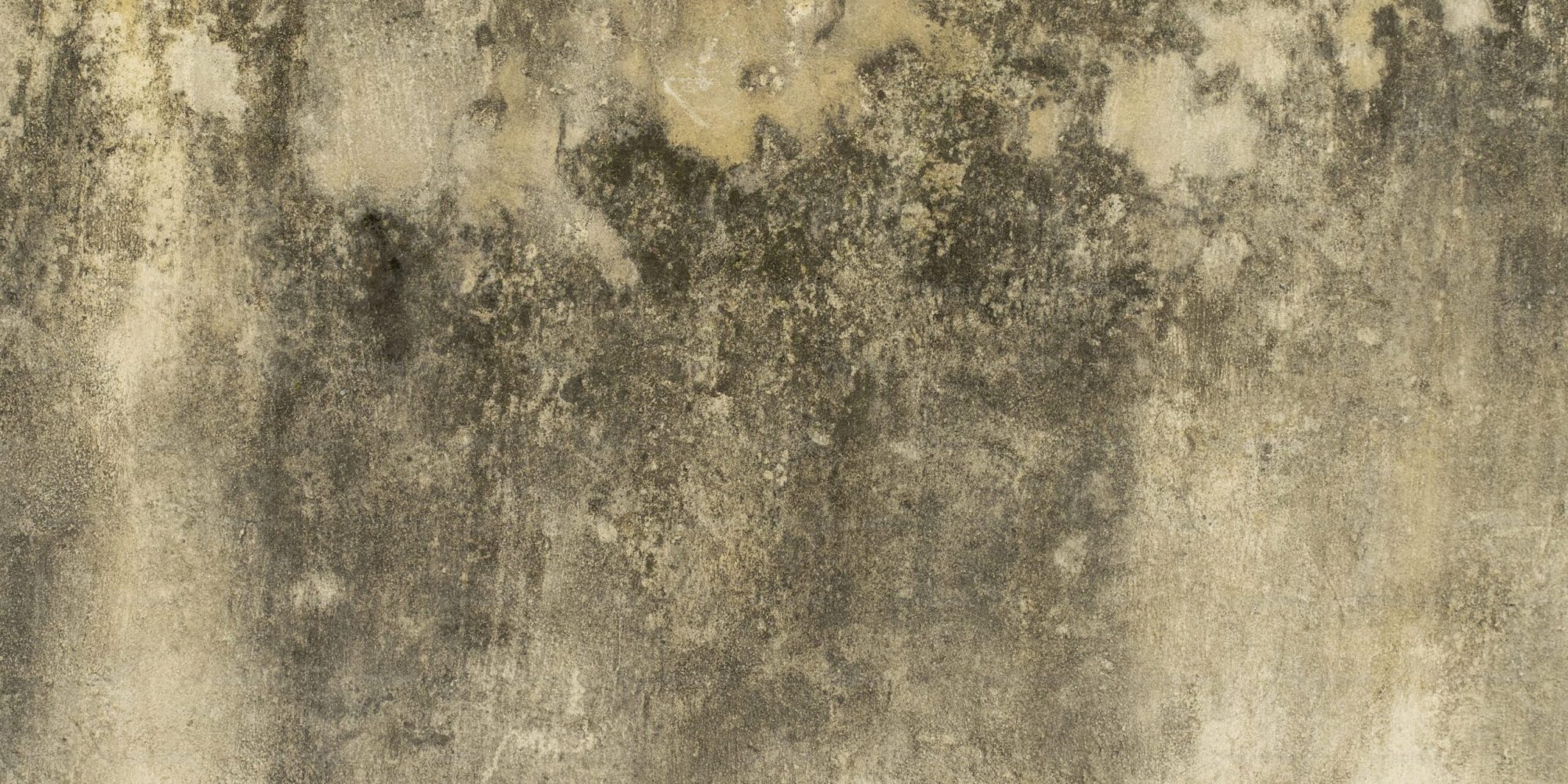That faint, musty odor in the basement. A patch of discoloration on the ceiling. Unexplained allergies that seem to flare up at home. When these signs appear, your first logical step is to schedule a mold inspection. But if you’ve never done it before, it’s natural to wonder: what exactly happens during this process?
Is it just a quick look around, or is it something more scientific? Understanding what does a mold inspection includes is the first step toward demystifying the process and feeling confident in your decision to protect your home and health. This comprehensive guide will walk you through every component of a professional mold inspection, going beyond the basics to show you how a company like R2F Inspections in Indianapolis provides not just data, but true peace of mind.
Beyond the Surface: What a Mold Inspection Truly Includes
A common misconception is that a mold inspector simply looks for visible mold. If that were the case, a homeowner could do it themselves. In reality, a professional mold inspection is a forensic investigation into your home’s environment. Its core purpose is to answer three critical questions: Is there mold? Where is it? And, most importantly, why is it there?
So, what does a mold inspection include to answer these questions? It is a multi-phase process that combines observational skills with advanced technology and scientific analysis.
Phase 1: The Comprehensive Consultation and Visual Assessment
The inspection begins not with tools, but with a conversation.
- Client Consultation: The certified inspector will discuss your concerns. Have you had water damage? Are there specific areas of concern? Are any occupants experiencing health issues? This history provides crucial clues for the investigation.
- Full Property Visual Inspection: The inspector will then conduct a meticulous visual examination of the entire property. This doesn’t mean just glancing at walls. They will investigate common mold hotspots: basements, crawl spaces, attics, bathrooms, kitchens, utility rooms, and around windows and plumbing fixtures. They are looking for visible mold growth, water stains, condensation, and other signs of moisture intrusion.
Phase 2: Advanced Moisture Detection and Mapping
Since mold cannot grow without moisture, finding water is the inspector’s primary goal. This is where advanced technology comes into play, answering the “why” behind the growth. This phase is a critical part of what does a mold inspection includes that many DIY approaches miss.
- Moisture Meters: These tools measure the moisture content within building materials like drywall, wood, and concrete. An inspector will use them to test walls, floors, and ceilings, revealing hidden dampness that is invisible to the naked eye.
- Thermal Imaging Cameras: This is a powerful non-invasive tool. Thermal cameras detect temperature differences behind walls and under floors. Since wet areas are cooler than dry ones, the camera displays these areas as cool spots, mapping out the exact location and extent of moisture intrusion without needing to tear anything apart.
Phase 3: Scientific Air and Surface Sampling
Visual clues and moisture findings inform the next step: collecting scientific evidence. Sampling is not always required, but it is essential for confirming suspicions, identifying mold types, and quantifying the problem.
- Air Sampling: This is a key component of what does a mold inspection includes. The inspector uses a calibrated pump to collect air samples from both inside the suspect area and from the outdoors. The outdoor sample serves as a baseline. Comparing the indoor spore count to the outdoor count determines if there is an abnormally elevated level of mold spores in the home’s air, indicating a hidden active colony.
- Surface Sampling: If visible mold is present, the inspector may take a sample to identify the specific species. This is typically done with:
- Tape Lift: A piece of clear tape is pressed against the mold to collect spores for microscopic identification.
- Swab Sample: A cotton swab is wiped over a surface to collect particles.
These samples are crucial for determining if toxic mold species like black mold are present.
Phase 4: Laboratory Analysis and Reporting
The samples are sent to an independent, accredited laboratory for analysis. A few days later, the inspector receives a detailed report identifying the types of mold present and their concentration levels in the air.
The final deliverable is a Comprehensive Inspection Report. This is the ultimate answer to what does a mold inspection include. A high-quality report will feature:
- A summary of findings from the visual inspection.
- Documentation of moisture readings and thermal images.
- The laboratory results with expert interpretation.
- Identification of the moisture source(s) causing the problem.
- A clear, actionable scope of work for remediation professionals to follow.
- Recommendations for fixing the moisture issue to prevent future growth.
What a Professional Mold Inspection in Indianapolis Does NOT Include
It’s just as important to understand what is outside the scope of a standard inspection.
- It does not include mold remediation. A reputable company like R2F Inspections only performs testing and assessment. This separation ensures an unbiased, conflict-free evaluation. They will not try to sell you on a cleanup service.
- It is not a home inspection. While a general home inspector may note visible mold, they do not have the specialized tools or training to conduct the deep moisture investigation and sampling that a dedicated mold inspector does.
- It does not determine “toxic” levels. The inspector can identify the presence of toxigenic species, but determining a “toxic” environment is a medical diagnosis, not an environmental one.
Why This Detailed Process Matters for Indianapolis Homes
Indianapolis’s climate, with its humid summers and potential for basement moisture from spring rains, creates an ideal environment for mold. A thorough inspection that includes moisture mapping is not a luxury here—it’s a necessity. It finds the problems you can’t see, preventing costly structural damage and safeguarding your family’s health by identifying potential allergens and irritants in your air.
Serving Indianapolis and Central Indiana with Expert Clarity
R2F Inspections is proud to bring this detailed, scientific process to homeowners across the Indianapolis area. We understand the local challenges that can lead to mold growth in neighborhoods from the historic homes of Irvington to the newer subdivisions of Fishers and Carmel. We provide our services in Greenwood, Zionsville, Brownsburg, and throughout Marion, Hamilton, Boone, Hancock, and Johnson counties. Wherever you are in the Indy area, you can expect an inspection that truly answers the question: what does a mold inspection include? with thoroughness and expertise.
Frequently Asked Questions (FAQ)
Q1: How long does a full mold inspection take?
A: For an average single-family home, the on-site inspection typically takes between 1.5 to 3 hours. The time allows for a thorough visual inspection, moisture mapping, and strategic sampling. Laboratory results usually take 24-48 hours, after which you will receive your comprehensive report.
Q2: Do I need to do anything to prepare my home for the inspection?
A: Very little. Simply ensure the inspector has clear access to all areas you are concerned about, such as basements, closets, and under sinks. There’s no need for special cleaning, as this could temporarily disturb mold spores and hide evidence.
Q3: Is air sampling always necessary?
A: Not always. If the inspector finds extensive visible mold and a clear moisture source, they may recommend remediation without air testing. However, air sampling is crucial for confirming hidden mold, establishing spore concentration levels, and providing baseline data for post-remediation verification.
Q4: What if the inspection finds no mold?
A: This is a fantastic outcome! It means your indoor air quality is healthy regarding mold spores. The report can provide peace of mind and serve as a valuable baseline for your property. The inspection fee is an investment in certainty.
Q5: I already see mold; why do I need an inspection?
A: If you see mold, you already know you have a problem. The inspection is still vital because it determines the extent of the problem (using moisture meters and thermal imaging to find hidden growth) and, most critically, identifies the source of the moisture. Without fixing the source, the mold will simply return after cleanup.
Conclusion: Knowledge is the Best Remediation
Understanding what does a mold inspection includes empowers you to take control of your home’s health. It is a diagnostic process that moves you from fear and uncertainty to clarity and action. By investing in a professional inspection from a certified, independent company like R2F Inspections, you gain the scientific evidence needed to solve your mold problem effectively and permanently.
Ready to understand what’s really going on in your home? Contact R2F Inspections today to schedule your comprehensive mold inspection. Let our experts provide the answers and the plan you need for a healthy home.

